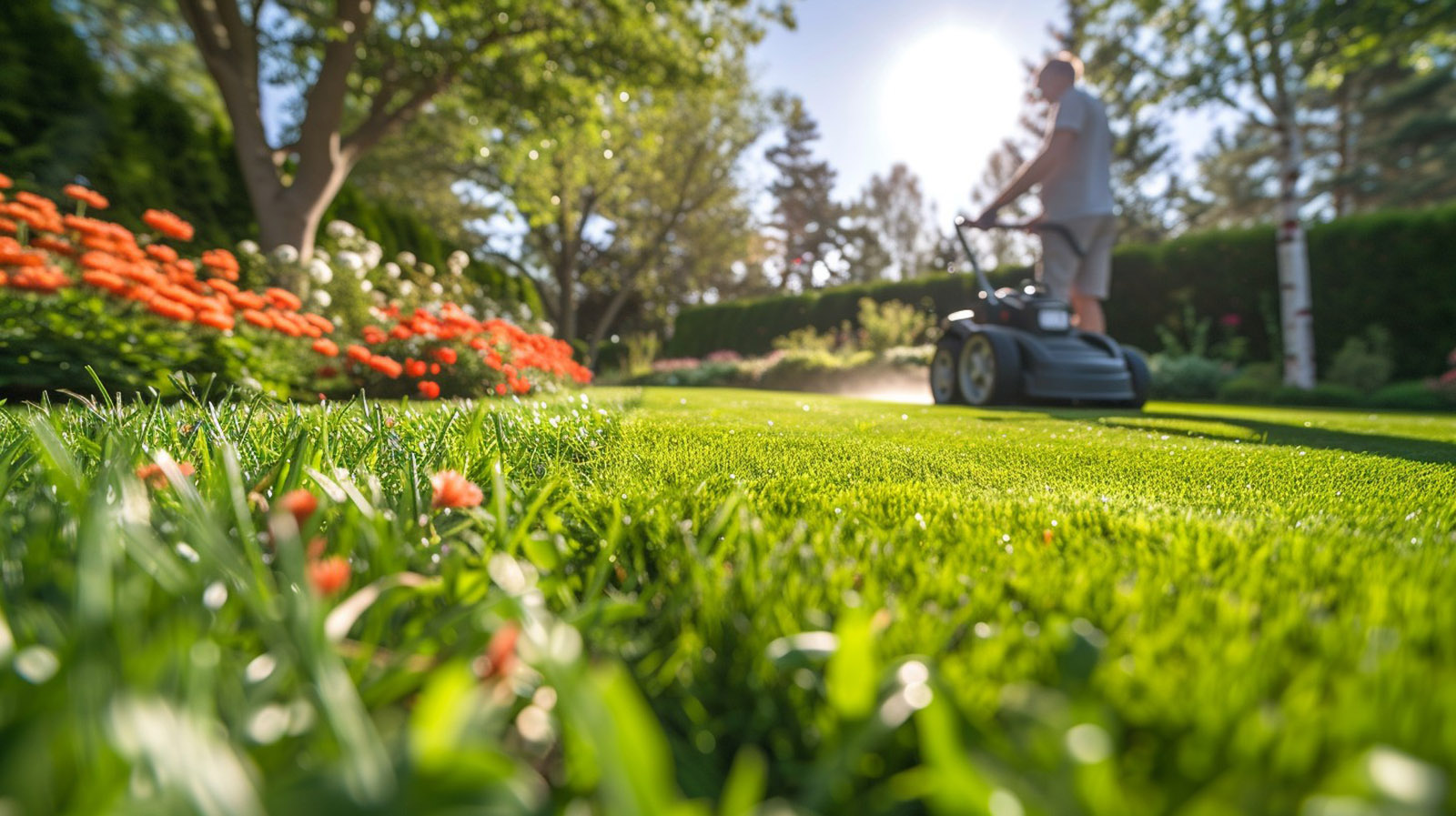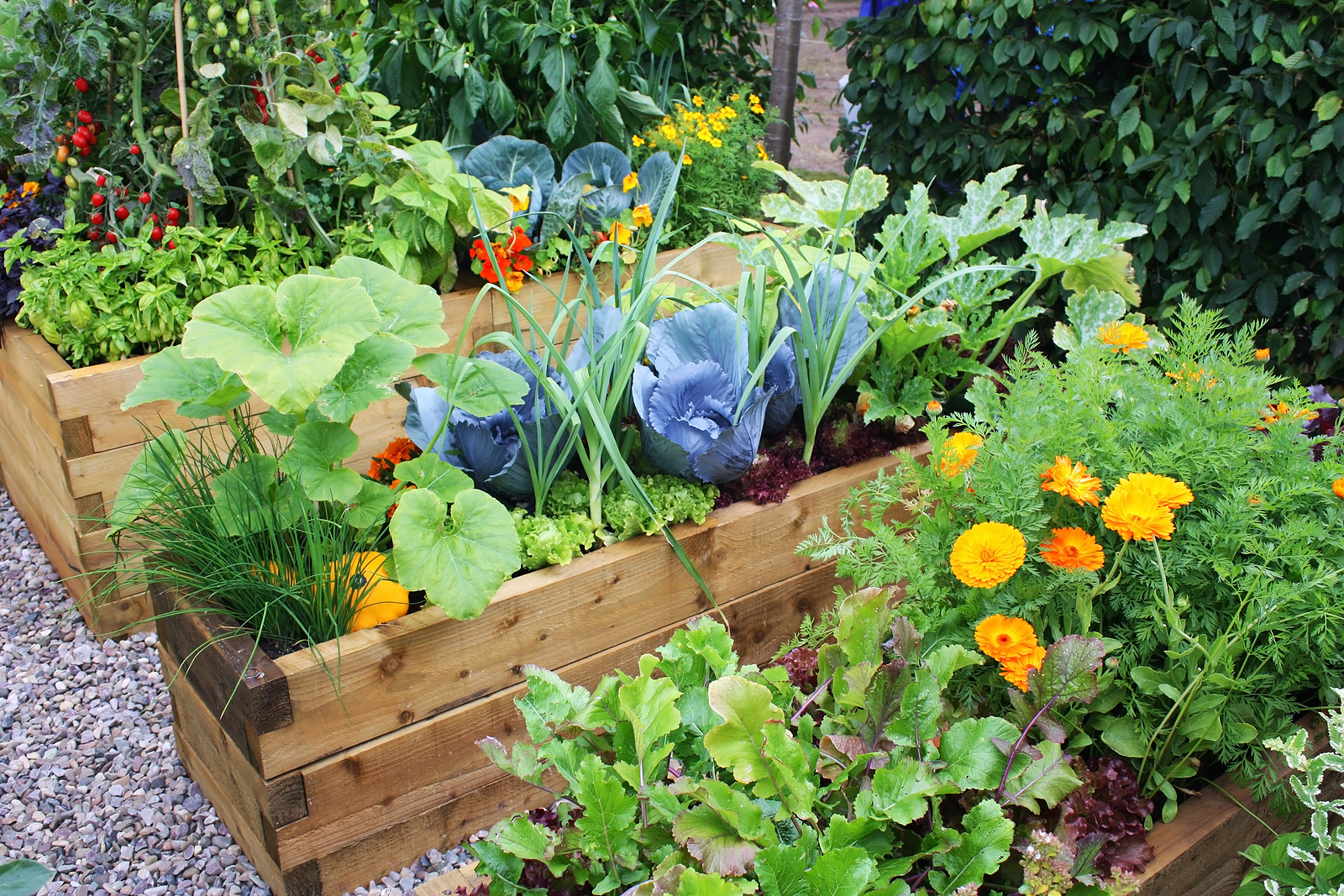
Gardening with vegetables in the Pacific Northwest presents distinct challenges and advantages owing to the region’s particular climate and environmental factors.
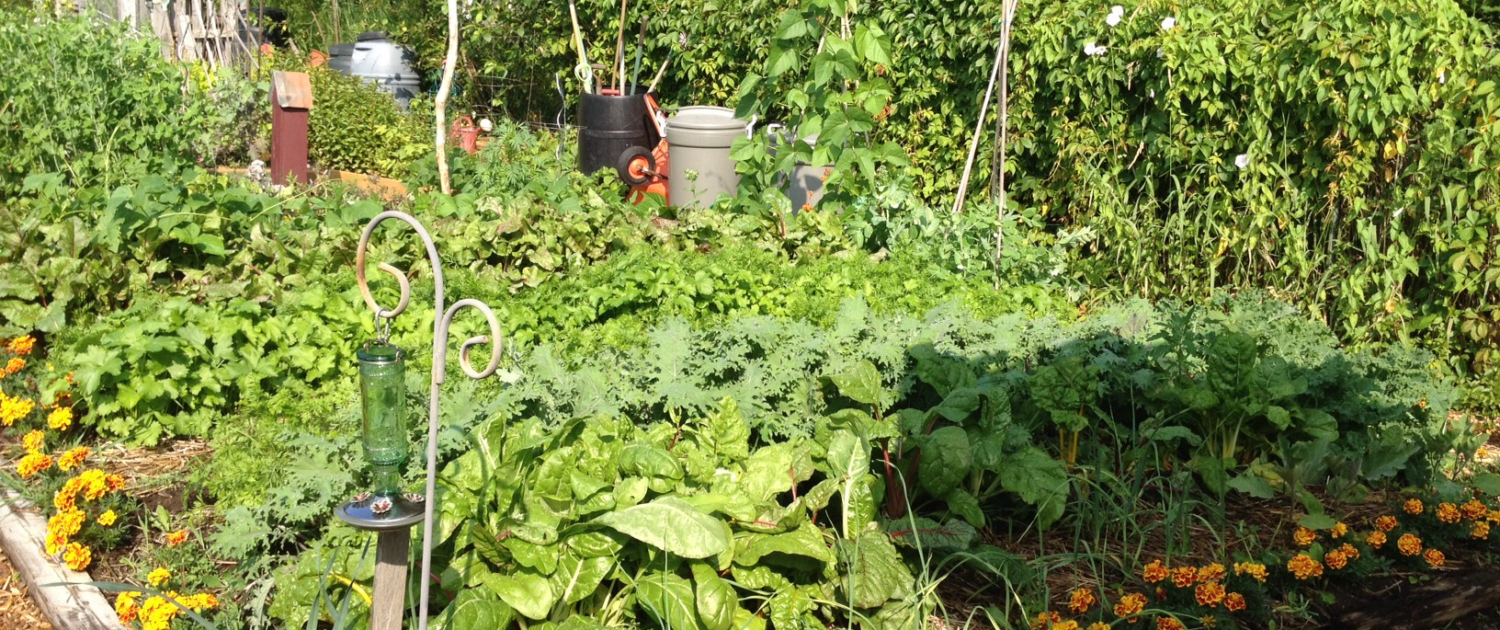
Choose an Appropriate Vegetables
Choose an Appropriate Vegetables
Choose vegetable varieties that thrive in the Pacific Northwest’s mild, wet climate. Give priority to cold-resistant options like kale, broccoli, carrots, beets, lettuce, and peas. Additionally, explore cultivating indigenous plants such as edible ferns, huckleberries, and salmonberries, which flourish in the region’s natural ecosystem.

Timing
Timing
In the Pacific Northwest, where the growing season is extended, precision in your planting schedule is essential. Start planting cool-season crops both in early spring and late summer for a fruitful autumn harvest, while warm-season vegetables like tomatoes and peppers should be sown after the last frost, usually in late spring or early summer, factoring in your local first frost date for efficient planning.
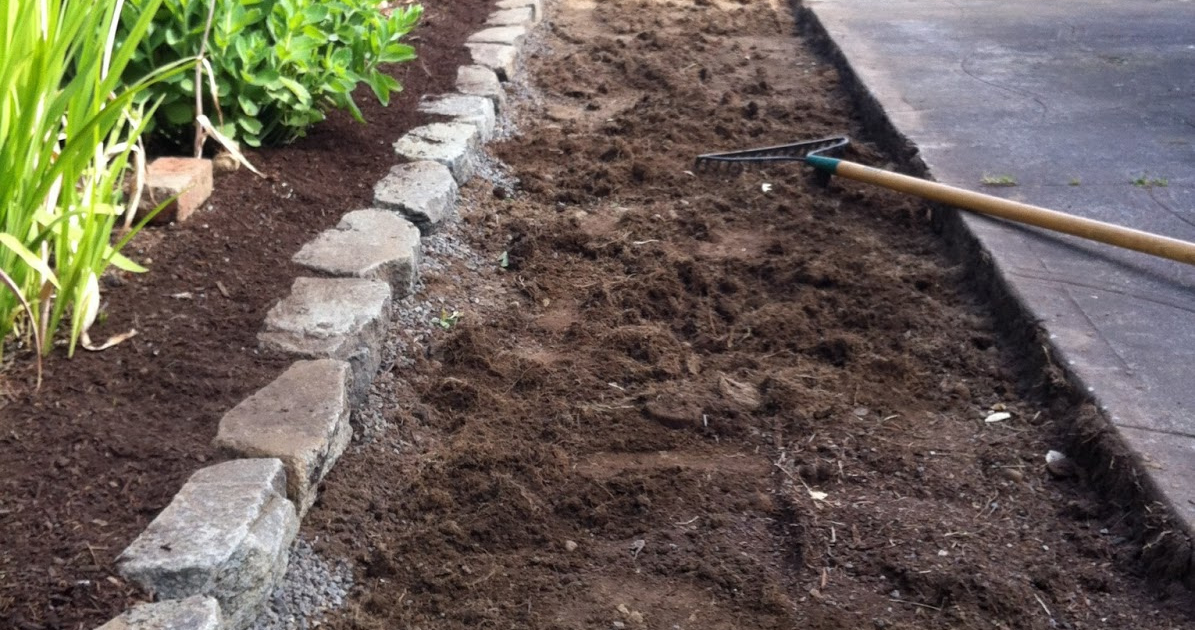
Soil and Drainage Preparation
Soil and Drainage Preparation
Soils in Pacific Northwest tend to be acidic and clay-heavy, it’s important to enhance drainage and fertility. Utilize organic materials like compost to enrich soil quality and provide essential nutrients. If your garden is susceptible to waterlogging in the rainy season, consider raised beds for improved drainage. Regularly check and adjust the soil’s pH levels to create an optimal environment for your plants.

Smart Watering
Smart Watering
The region is known for rainfall. It is essential to provide additional watering, especially during dry summer periods. Use drip irrigation or soaker hoses to water deeply and directly at the base of the plants, minimizing water wastage through evaporation. Mulching around your plants serves to retain soil moisture, stabilize soil temperature, and inhibit weed growth.
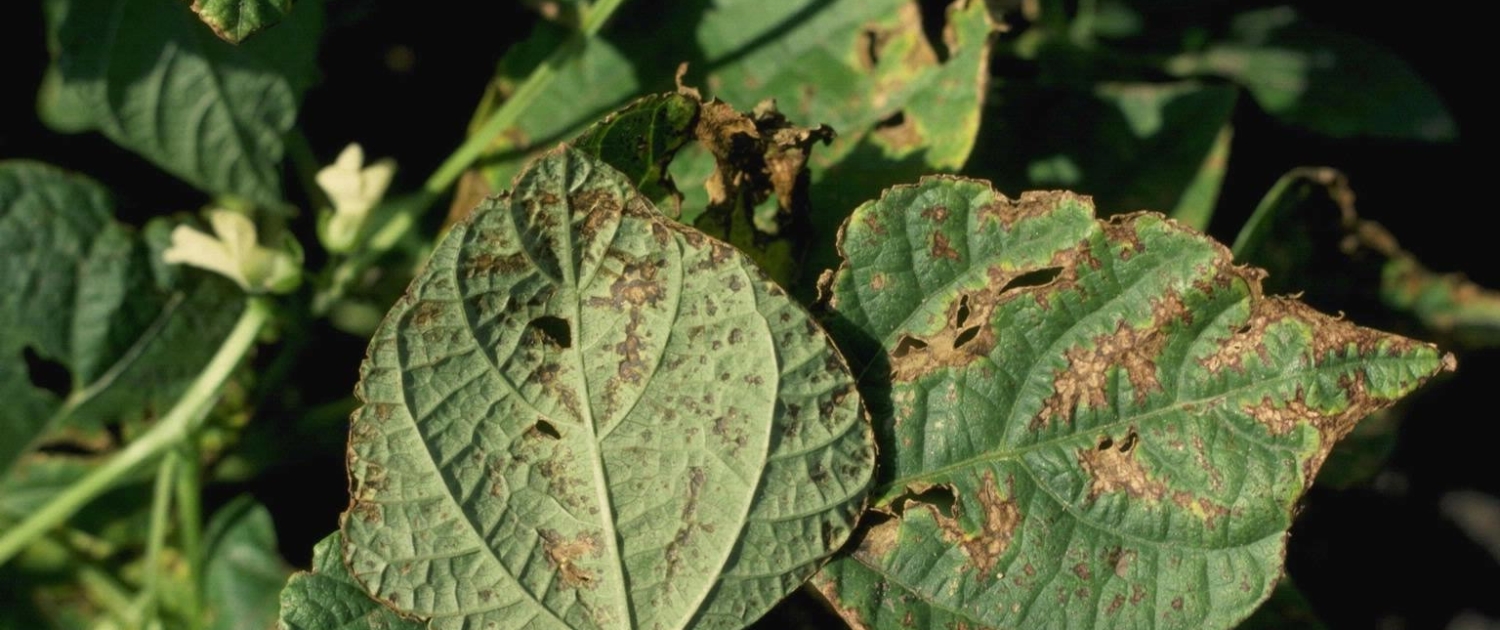
Pest and Disease Management
Pest and Disease Management
Gardens in the Pacific Northwest often face challenges from pests like slugs, snails, and fungal infections due to high moisture levels. Utilize natural pest control methods such as introducing beneficial insects and employing slug traps, while also conducting regular plant inspections and maintaining adequate spacing to enhance air circulation and minimize the risk of fungal infections.
